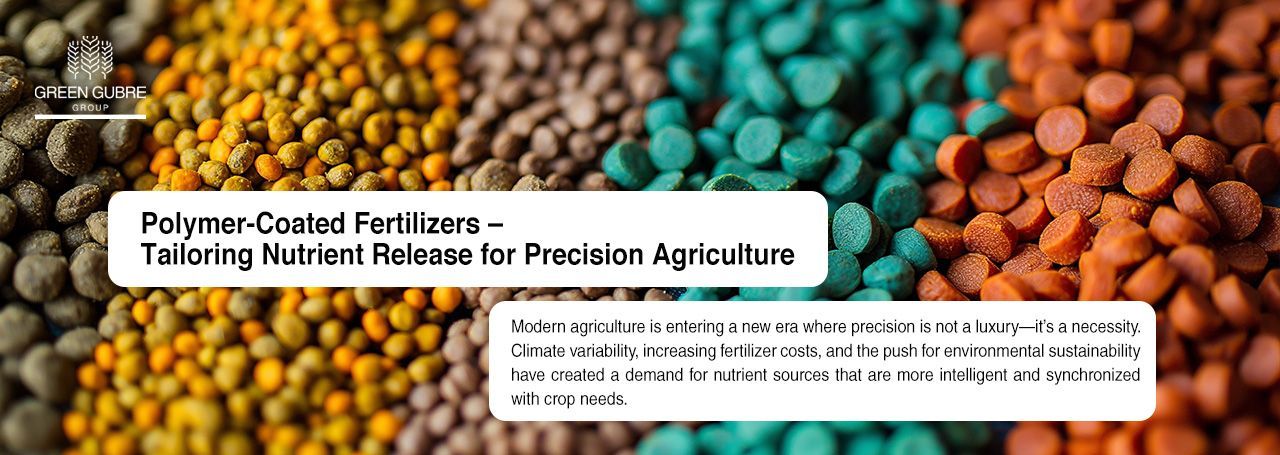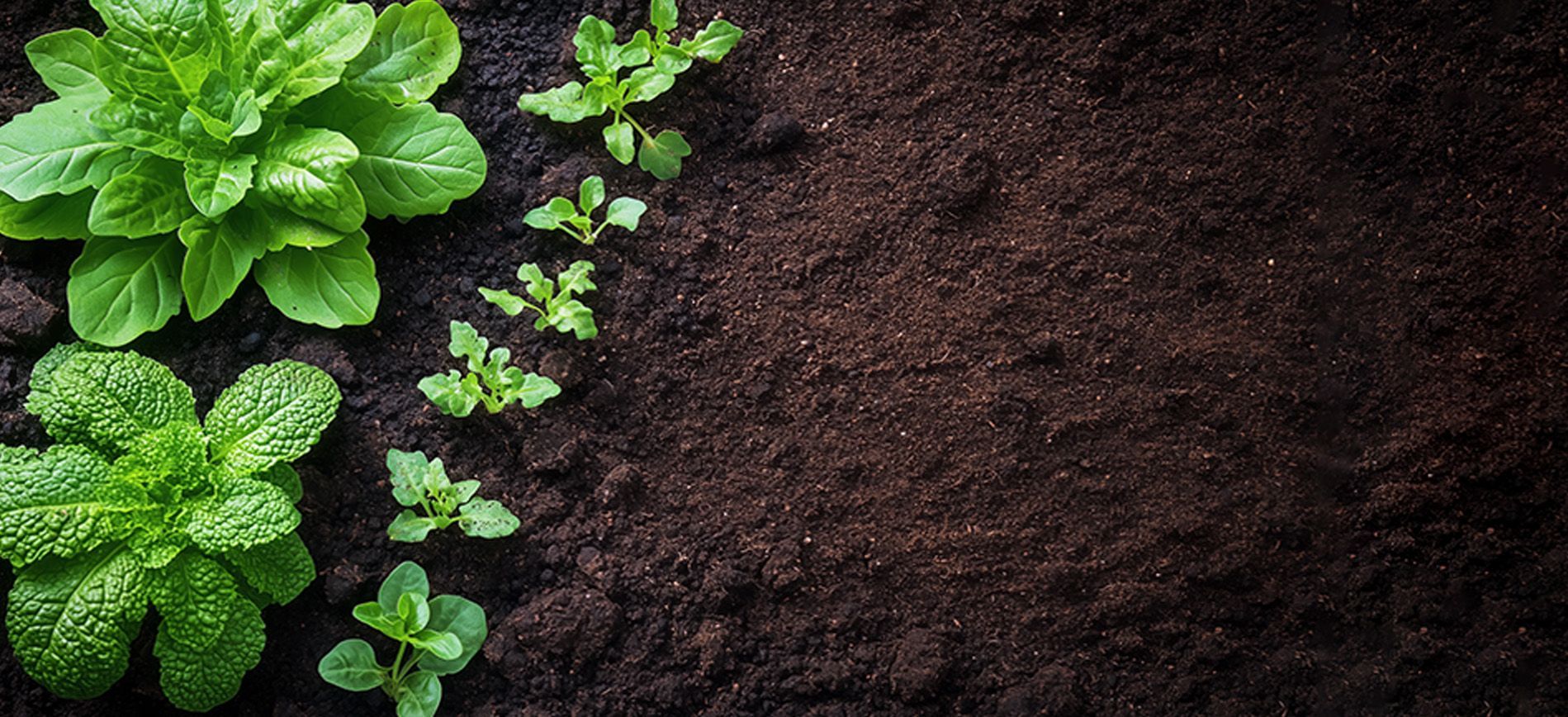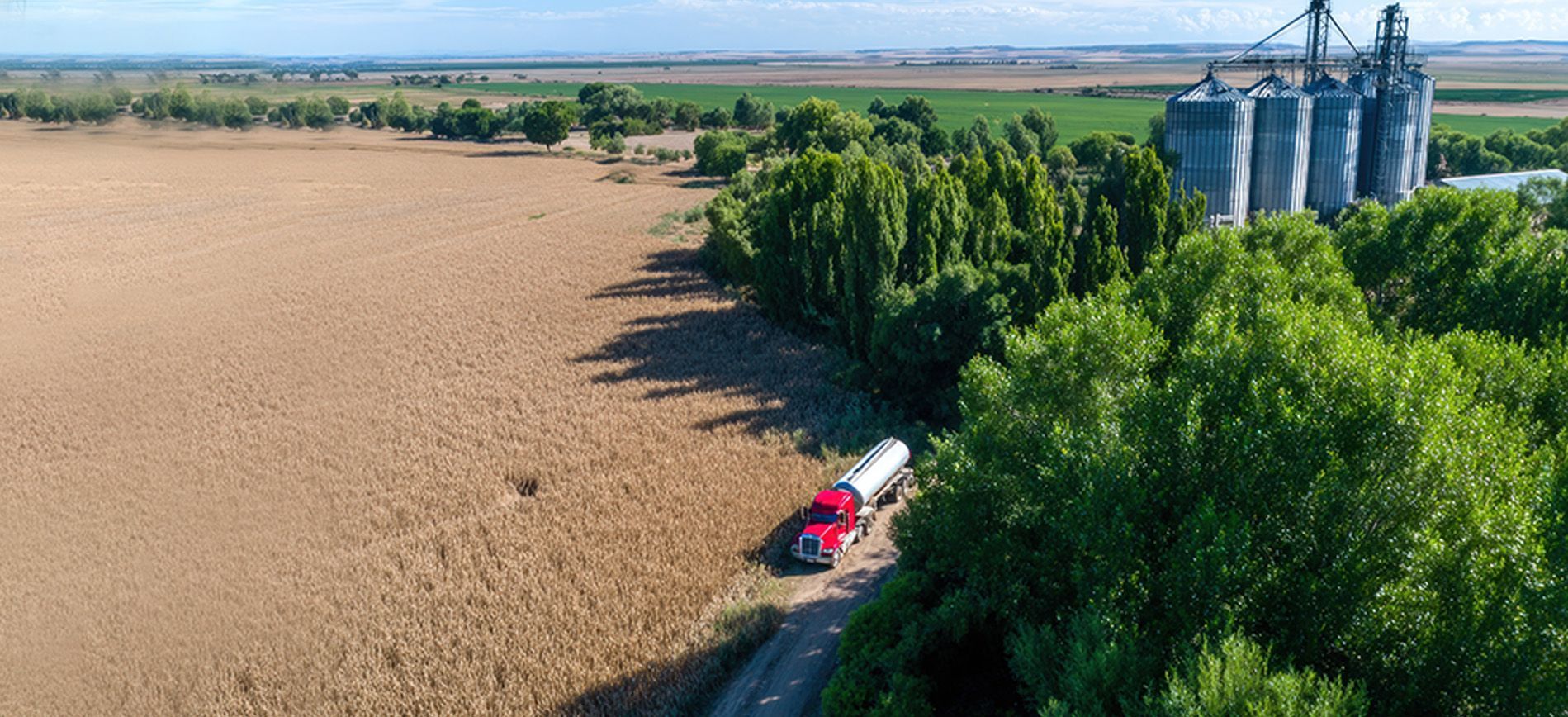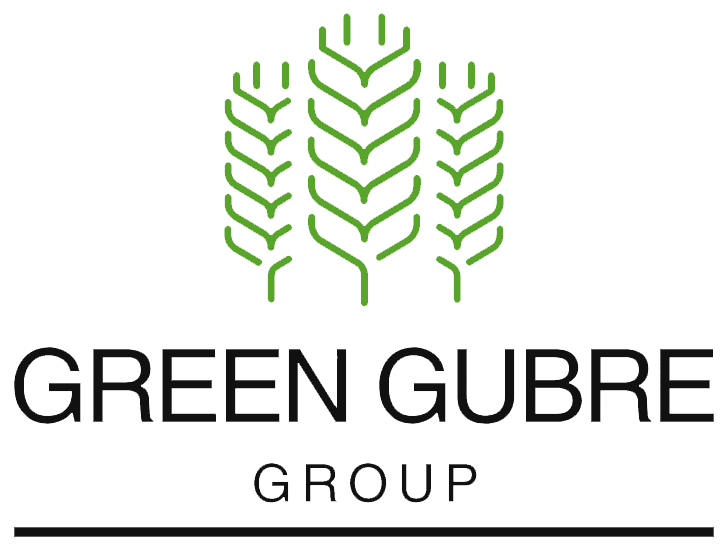Polymer-Coated Fertilizers – Tailoring Nutrient Release for Precision Agriculture
Polymer-Coated Fertilizers – Tailoring Nutrient Release for Precision Agriculture

Introduction: Customizing Nutrient Delivery for Modern Farming
Modern agriculture is entering a new era where precision is not a luxury—it’s a necessity. Climate variability, increasing fertilizer costs, and the push for environmental sustainability have created a demand for nutrient sources that are more intelligent and synchronized with crop needs.
Polymer-coated fertilizers meet this demand by delivering nutrients gradually over time. By responding to soil moisture and temperature, these coatings ensure that nitrogen, phosphorus, and potassium are released in tune with plant uptake—minimizing losses and maximizing yields.
What Are Polymer-Coated Fertilizers?
Polymer-coated fertilizers (PCFs) are conventional fertilizer granules (typically urea or NPK) encapsulated in a semi-permeable polymer membrane. This outer layer controls nutrient release based on environmental triggers such as:
- Soil Temperature
- Soil Moisture
- Microbial Activity
These fertilizers release nutrients slowly and steadily, reducing the risk of runoff or leaching and providing nutrients precisely when crops need them most.
Key technologies include:
- Thermoplastic Polymers
- Bio-based and Biodegradable Coatings
- Multi-layer Smart Polymers for staggered nutrient delivery
Agronomic Benefits of Polymer-Coated Fertilizers
Polymer-coated fertilizers are particularly well-suited for high-value crops, horticulture, turf, and greenhouse systems. Their advantages include:
- Extended Nutrient Availability: One application can last 45–120+ days, depending on the coating.
- Improved Nitrogen Use Efficiency (NUE): Reduces volatilization, leaching, and denitrification.
- Yield Stability: Promotes uniform growth, better flowering, and stronger fruit/seed development.
- Reduced Application Frequency: Fewer passes in the field result in lower labor and fuel costs.
- Cleaner Groundwater: Lower nitrate runoff helps meet environmental standards.
Yield increases of 10–20% have been observed in crops like tomatoes, cucumbers, bell peppers, and ornamentals.
Ideal Use Cases for Polymer-Coated Fertilizers
Polymer-coated fertilizers are ideal for:
- Greenhouses & Protected Agriculture: Precise release aligned with controlled irrigation
- Turfgrass & Landscaping: Long-lasting feeding with minimal burn risk
- High-Value Row Crops: Tomatoes, potatoes, vegetables, and fruits
- Sandy or Leaching-Prone Soils: Where conventional fertilizers quickly escape the root zone
They are also increasingly used in drip fertigation systems, where consistency and solubility are key.
Environmental and Regulatory Advantages
As global attention turns toward climate-smart agriculture, PCFs are gaining policy support:
- The EU Green Deal encourages the adoption of EEFs to meet targets for reducing nitrate and ammonia pollution.
- Canada & US promote PCFs under 4R Nutrient Stewardship.
- Asia-Pacific nations offer subsidies for EEFs, particularly in environmentally sensitive zones.
PCFs reduce greenhouse gas emissions, nutrient runoff, and eutrophication risks, making them a key solution in both sustainable and regenerative agriculture.
Challenges and Considerations
Despite their benefits, PCFs face some constraints:
- Higher Initial Cost: 2–3x more expensive per unit than traditional fertilizers
- Temperature Sensitivity: Too high a temperature can accelerate nutrient release
- Coating Durability: Poor-quality coatings may crack or break during handling
- Compatibility Issues: May require separate tanks or equipment in fertigation
However, when used strategically—particularly in high-margin crops—the return on investment often outweighs these limitations.
Green Gubre Group’s Polymer-Coated Solutions
Green Gubre Group proudly offers a full suite of polymer-coated fertilizers developed for diverse agricultural conditions:
- PCU (Polymer-Coated Urea): For maize, wheat, and horticulture
- Polymer-Coated NPK Blends: For controlled feeding in greenhouse and orchard systems
- Customized Release Profiles: 30, 60, 90, or 120-day release durations
- Biodegradable Coatings: For organic and eco-certified farming systems
Our in-house agronomists work closely with clients to tailor programs that maximize both agronomic and financial efficiency.
Conclusion: Smart Fertilizers for Smart Farming
Polymer-coated fertilizers are no longer a niche innovation—they’re a cornerstone of precision agriculture. With their ability to fine-tune nutrient delivery, improve efficiency, and mitigate environmental risks, PCFs are the ideal choice for growers seeking to modernize their fertility programs.
For farms, distributors, and policymakers looking ahead to a more productive and sustainable future, polymer-coated fertilizers are the solution that aligns innovation with responsibility.




